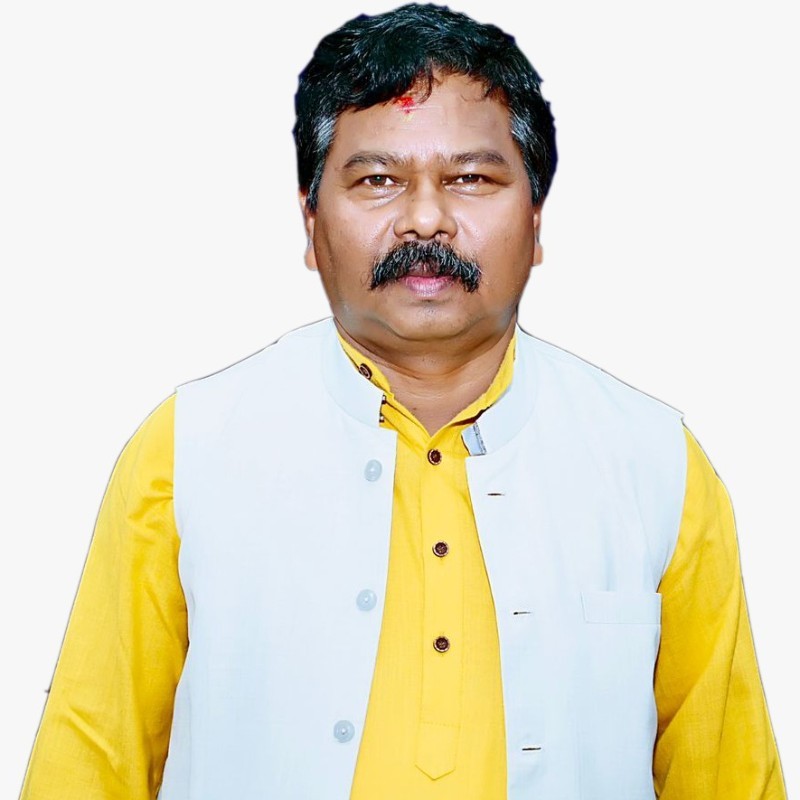Mapping of Water Scarcity Villages
Central Ground Water Board (CGWB) and respective state governments jointly conduct the Dynamic Ground Water Resource Assessment of the country which, from the year 2022, is being done on an annual basis. As per the latest assessment done in 2023, the Stage of Ground water Extraction (SOE), i.e the ratio of total ground water extraction for all uses to the annual extractable ground water, for the country as a whole stands at 59.26%.
Out of the total 6553 Assessment Units(AUs) in the country, which are generally blocks/taluks/tehsils, 736 units(11.23% of 6553) have been categorized as ‘Over-exploited(OE)’ where the SOE is more than 100%. Further, 199 units (3.04%) have been categorized under ‘Critical’ and 698 units (10.65%) as ‘Semi-critical’. Overall, 4793 units (73.14%) were under ‘Safe’ category and 127 units (1.94%) were ‘Saline’. The SOE acts as an indicator for understanding the ground water situation in a particular block which will have further use in regulation and management of ground water.
Further, CGWB periodically monitors groundwater levels throughout the country on a regional scale, through its network of monitoring wells which are spread throughout the country in rural as well as urban areas. As per the ground water level monitoring done during November 2022, out of the 17,599 wells measured, 86.92% wells had depth to water level (measured in terms of mbgl – metres below ground level) in the range of 0-10 metres, which is an indicator of ease of access to ground water.
Water being a state subject, sustainable development and management of groundwater resources is primarily the responsibility of the State Governments. However, the Central Government facilitates the efforts of the State Governments including Punjab through technical and financial assistance.The important measures being taken by the Central Government for sustainable ground water management in the country can be seen at https://cdnbbsr.s3waas.gov.in/s3a70dc40477bc2adceef4d2c90f47eb82/uploads/2023/02/2023021742.pdf
Some of the important steps taken by the Department of Water Resources RD &GR for sustainable groundwater management in the country including Punjab are given as under:
Government of India launched Jal Shakti Abhiyan (JSA) in 2019, a time bound campaign with a mission mode approach intended to improve water availability including ground water conditions in the water stressed blocks of 256 districts in India (including 20 districts in Punjab). JSA is continuing in 2023-24 also.
Hon’ble Prime Minister has launched Amrit Sarovar Mission on 24th April 2022. The Mission is aimed at developing and rejuvenating 75 water bodies in each district of the country as a part of celebration of Azadi ka Amrit Mahotsav.
CGWB has taken up National Aquifer Mapping Programme (NAQUIM) to delineate and characterise the aquifer system in the country including Punjab. NAQUIM have been carried out in Punjab for a mappable area of 50,369 Sq km. Based on NAQUIM studies, groundwater management plans / reports have been prepared and shared with the State for suitable implementation.
Master Plan for Artificial Recharge to Groundwater- 2020 has been prepared by CGWB in consultation with the States/ UTs including Punjab which is a macro level plan indicating various structures for the different terrain conditions of the country including estimated cost. Master Plan for Artificial Recharge for 20 water stressed districts of Punjab covering an area of 45,592 Sq. Km has been prepared and shared with the State Govt. of Punjab for suitable interventions.
Ministry of Jal Shakti (MoJS) has launched Atal Bhujal Yojana in certain water stressed Gram Panchayats of 7 states, which is a community led scheme for participatory ground water management focussing on demand side management of ground water. Under this scheme, inter alia, states are incentivized for adopting water efficient water use agricultural practices like switching over to drips/sprinklers, crop diversification to less water incentive crops, mulching etc.
Department of Agriculture & Farmers Welfare is implementing Per Drop More Crop (PDMC) component of Pradhan Mantri Krishi Sinchayee Yojana (PMKSY)which is operational from 2015-16 in the Country. The PMKSY-PDMC mainly focuses on water use efficiency at farm level through precision/micro irrigation. Besides promoting precision irrigation (Drip and Sprinkler Irrigation System) & better on-farm water management practices (to optimize the use of available water resources), this component also supports micro level water storage or, water conservation/management activities to supplement Micro Irrigation.
MoJS has also issued advisories to States/UTs to review their free/subsidized electricity policy to farmers, bring suitable water pricing policy and may work further towards crop rotation/diversification/other initiatives to reduce over-dependence on groundwater.
MoJS is promoting conjunctive use of surface water and groundwater and to reduce over-dependence on groundwater, surface water based Major and Medium irrigation projects have been taken up in the country under PMKSY-AIBP scheme in collaboration with States/UTs.
In addition and to complement the above efforts of the Government of India, The state government of Punjab too has taken various steps for improvement of ground water availability and quality like passing of Punjab Water Resources (Management and Regulation) Act, 2020 and constitution of The Punjab Water Regulation and Development Authority; passing of The Punjab Preservation of Sub-Soil Water Ordinance, 2008; Diversification from Paddy to Maize under National Adaptation for climate change for 2019-20; Construction of low dams to provide irrigation facilities under Bharat Nirman Program which facilitate in augmenting the Ground Water Resources of the State & in arresting the declining ground water table; Introduction of “Paani Bachao, Paisa Kamao” Scheme to check depletion of underground water by offering monetary benefits to the farmers for every unit of power they save.
This information was given by the Minister of State for Jal Shakti, Shri Bishweswar Tudu in a written reply in Rajya Sabha today.


